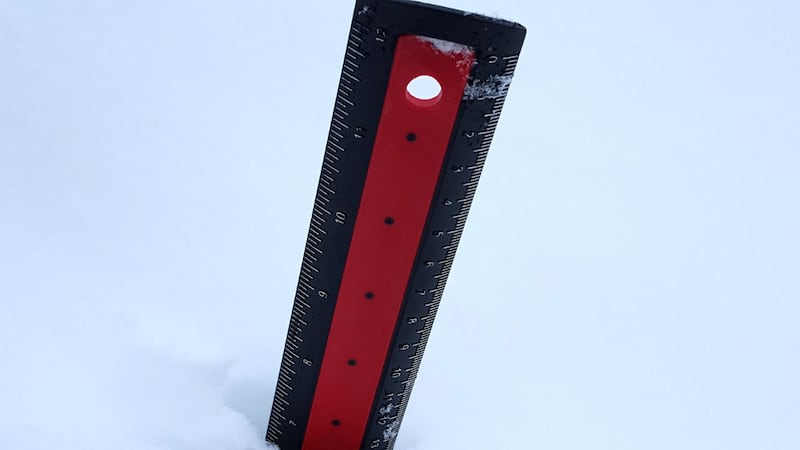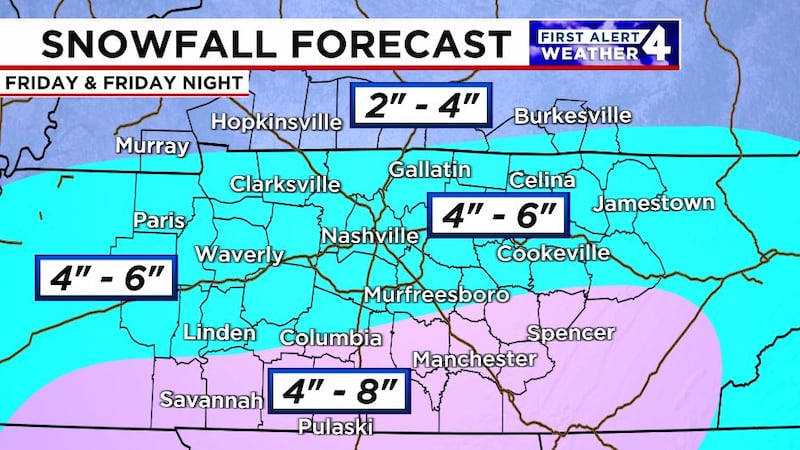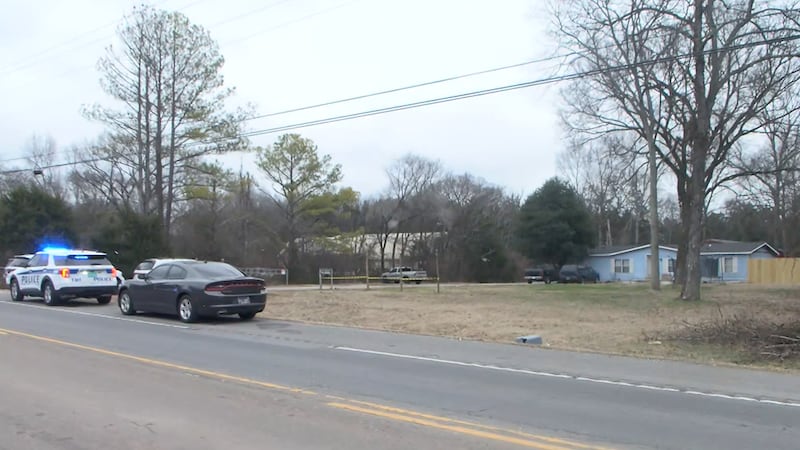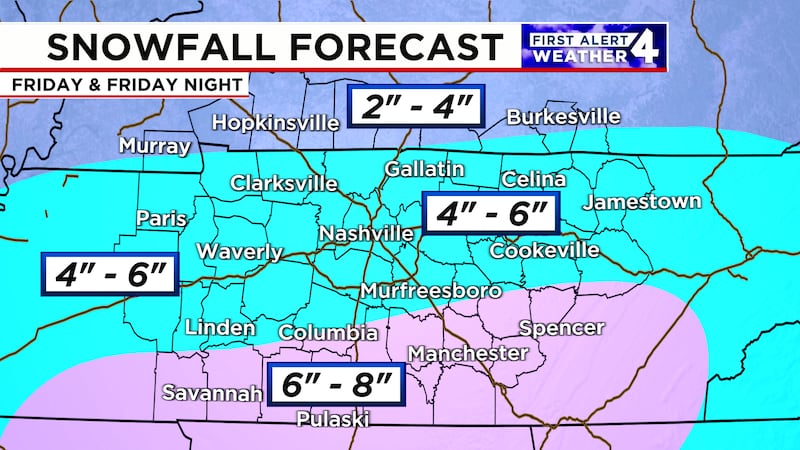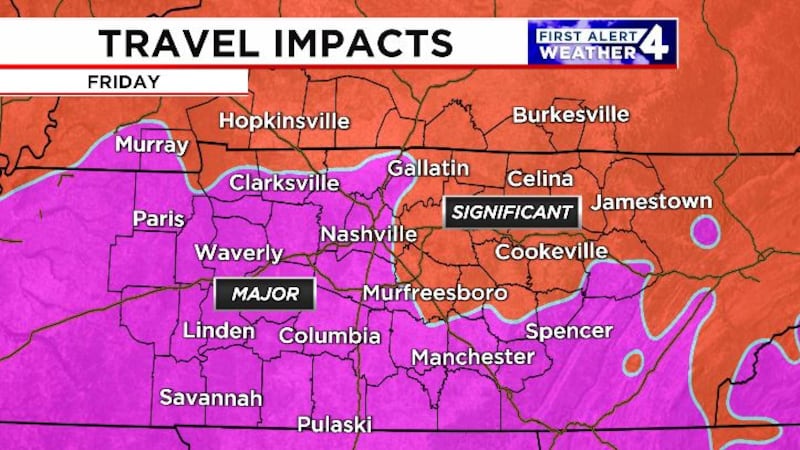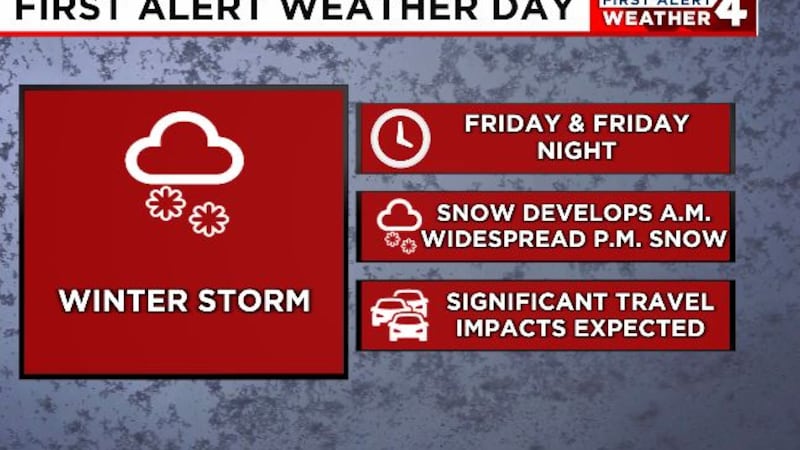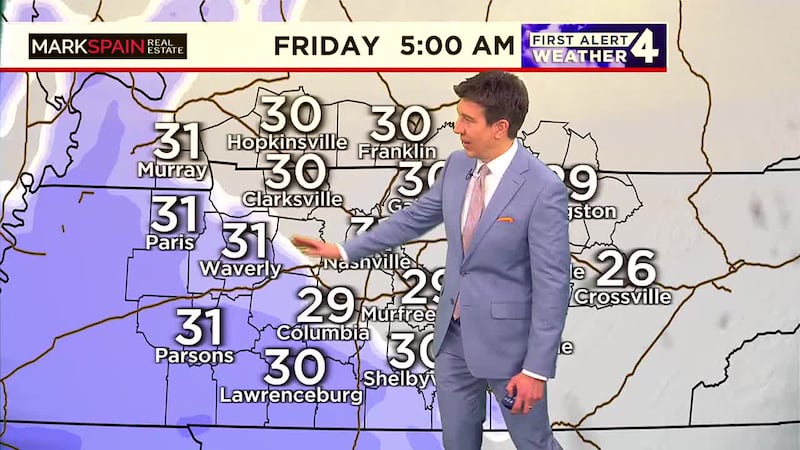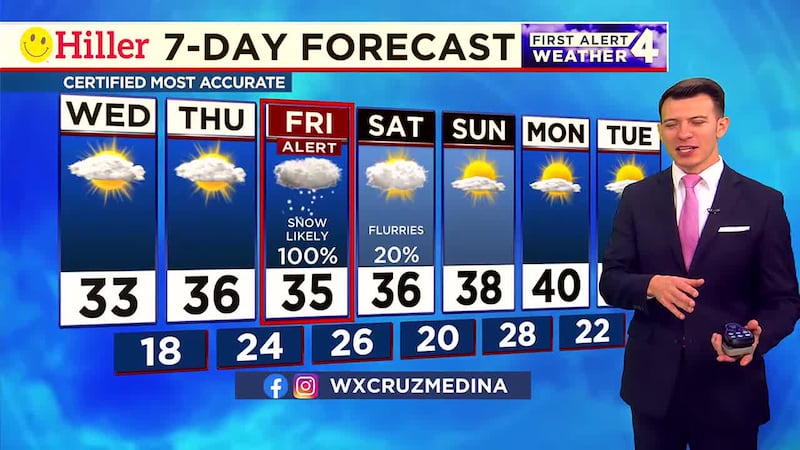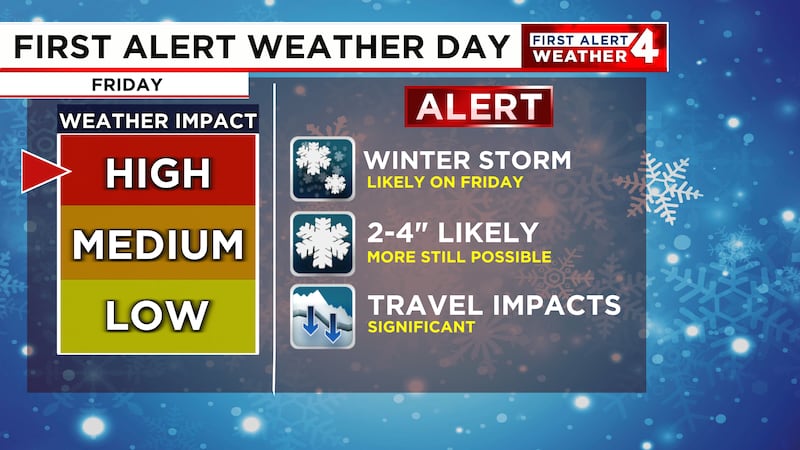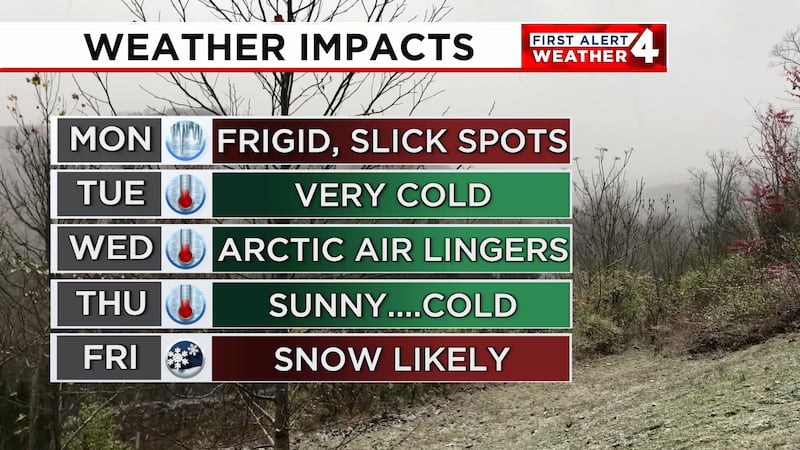When will your grass stop growing in Tennessee?
Despite it being fall, warm temperatures have kept the grass growing.
NASHVILLE, Tenn. (WSMV) - Tired of mowing the lawn? We get it. A warm start to fall is to blame for the grass continuing to grow.
I remember as a kid that by the start of November, it seemed all the grass-cutting for the year was over. With extended growing seasons, due to warmer weather lasting longer into Fall, the grass is still growing.
So when will your grass stop growing until the spring? That’s a complex question with more than one answer. There are several factors to consider such as air temperature, soil temperature, and grass type.
Cool-season grasses can tolerate lower temperatures and less sunlight so they can stay green and keep growing later into the fall. Most cool-season grasses stop growing with consistent soil temperatures below 50°F.
Warm-season grasses tend to go dormant in late Fall because they’re not very cold-tolerant. Most of these grass types stop growing with consistent soil temperatures below 55°F. It is important to note that soil temperatures are on average 10°F cooler than air temperatures.
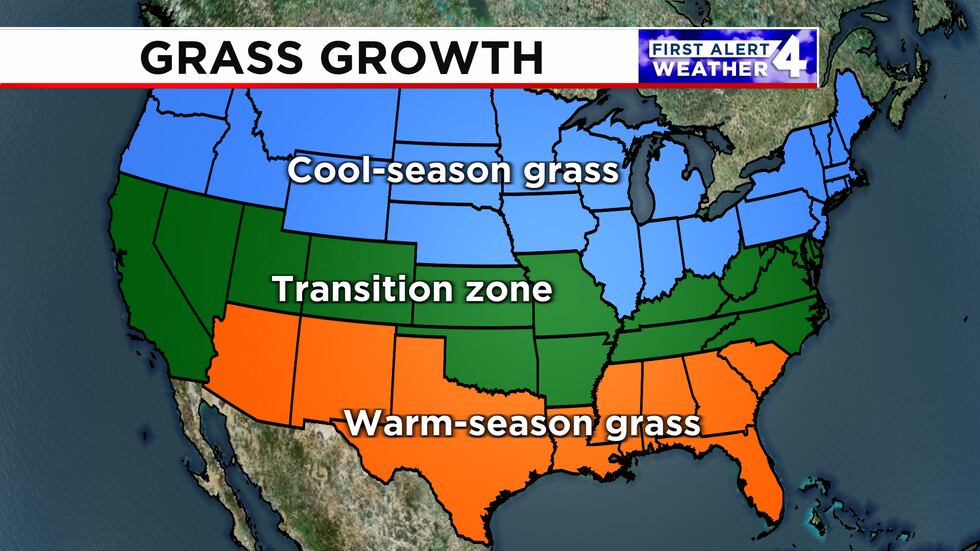
There are transition zone grasses as well found in the mid-section of the country. Kentucky and Tennessee are part of the transition zone. The average temperature here is suitable for cold and/or warm-season grasses. Sustained freezing temperatures can damage grass in this part of the country.
In the same way that cold weather slows us down, it does the same for grass. When the air temperatures consistently drop below the temperature range in which a type of grass normally grows, the grass eventually goes dormant until spring.
Water uptake, photosynthesis, and decomposition of carbon monoxide are all critical for grass growth. Grass will try and conserve energy by going dormant so that it can survive even while dormant.
If you are calculating your last mow of the season, here’s what to look for. When the daily temperature consistently drops to 50-55°F, that’s when your grass begins to go dormant.
When mowing for the last time for the season, you can mow the lawn to its usual mowing height or mow a bit lower than usual. These methods can help prevent winter lawn diseases, prevent weeds, and strengthen the grass’s root system.
Copyright 2024 WSMV. All rights reserved.

